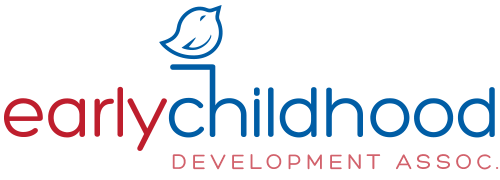If the very thought of choosing a preschool has you reaching for the vodka or mumbling, half-glazed, something about home-schooling your toddler in Bali, you are suffering from Preschool Psychosis! But have no fear! We have some tips to help you through. When visiting a preschool take a look around:
- Do the children look happy, calm, engaged? You should see the children engrossed in activities. You want to observe positive interactions between the children and their teachers, who should exhibit warmth and interest in the children. See if the teachers get down to eye-level with the kids when they talk to them. If the children all rush over with beseeching looks when you enter the room: be wary! They should be sufficiently involved and stimulated in what they are doing to ignore you.
- What is ration of children to teachers? According to T. Berry Brazelton, MD, the optimal ration for a classroom of 3 year olds is 1 adult: 7 children. The National Association for the Education of Young Children (NAEYC) recommends at least two teachers for groups of all ages.
- And Speaking of the NAEYC… This is the accrediting body for the Academy of Early Education Programs. See if the preschool is accrediting by this board. Because the board takes up to one year to complete its accreditation, your school of choice may still be involved in the process. In any case, it’s a good sign if the school has passed through this system.
- Are the teachers and caregivers trained in early childhood development and education? Preschool personnel who have specialized training in childhood development are usually more capable of providing an age and stage appropriate social and emotional environment. They will understand that toys and activities, as well as social interactions, should vary by age. They will therefore have realistic expectations for the children in their charge.
- Is there a good balance between cognitive and social/emotional skills? Perhaps the most important thing a child will acquire in preschool is the ability to interact with peers. Make sure there is ample time given for social interaction and imaginative play ( a dress-up area, a “kitchen” area). Make sure all “lessons”, art projects and activities are ones where the child takes the lead, where the learning is respectful-not intrusive-and all such activities are developmentally based.
- What is the environment like? Preschools should be safe and clean…but not too clean!! A certain amount of joyful mess is a good sign. They should be stimulating…but not too stimulating!!! Contrary to popular belief, children do not need to be bombarded with input 24/7. Make sure there is a soft area for books and other quiet activities.
- Does the school treat you as an ally…or an intrusive adversary? Preschool is the beginning of a long relationship between you, your child and the academic settings you all will become a vital part of. Make sure your schools of choice have a team attitude toward you, the parents. If they do not allow unscheduled “drop-ins”: run for the hills! Insist on frequent communication from the staff: including those caregivers who are with your child on the play yard and at nap.
We know that choosing a preschool can be a daunting task. Hopefully these tips are a helpful start. We at the Early Childhood Development Associates have been helping families navigate this process for years. Feel free to call us when those first signs of Preschool Psychosis appear!

Recent Comments